The American Aircraft of Pearl Harbor
At 0755 on December 7th, 1941, a striking force of Japanese fighters and bombers flew into Pearl Harbor and decimated the naval base and outlying air fields. The attack came as a complete surprise, robbing the United States of its ability to mount a meaningful counterattack. In order to ground the American aircraft of Pearl Harbor and keep them from out of the fray, the Army, Navy, and Marine Corps airfields were attacked simultaneously with the battleships moored in the harbor.
In total, 188 out of approximately 390 Pearl Harbor airplanes were destroyed, and another 159 were damaged. To understand just how devastating these losses were, let’s look at each of the major types of plane stationed on Oahu on the morning of the attack.
Boeing B-17D Flying Fortress
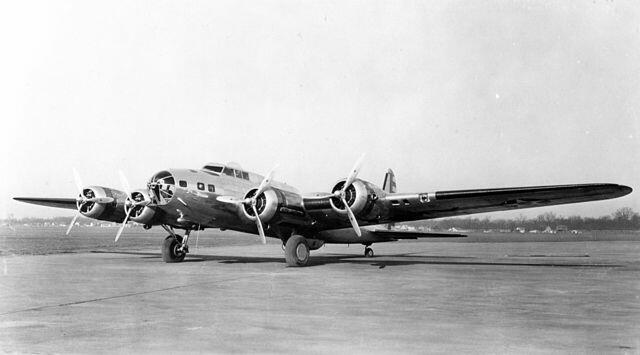
One of the most iconic World War II aircraft, this heavy bomber took part in strategic bombing of German targets but was only briefly used in the Pacific Theater. The Boeing B-17D entered service on February 3rd, 1941 and, during the Pearl Harbor attack, four of the 42 produced were destroyed. On September 5th, 1941, the B-17D was replaced by the B-17E, which featured an extended fuselage, larger rudder, and a gunner’s position was added to the tail.
Boeing P-26 Peashooter
The unintimidating name is quite fitting for this all-metal monoplane. First flown in 1932, the Peashooter wasn’t the most impressive aircraft to come from Boeing’s lineup. Faster than any other prior American combat craft, the P-26 may not have been powerful, but its maneuverability made it a useful warplane.
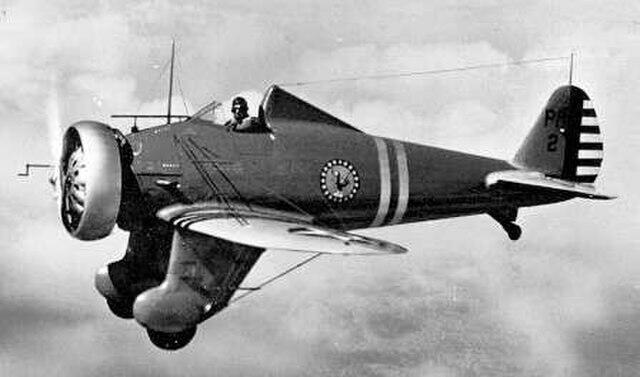
Douglas B-18A Bolo
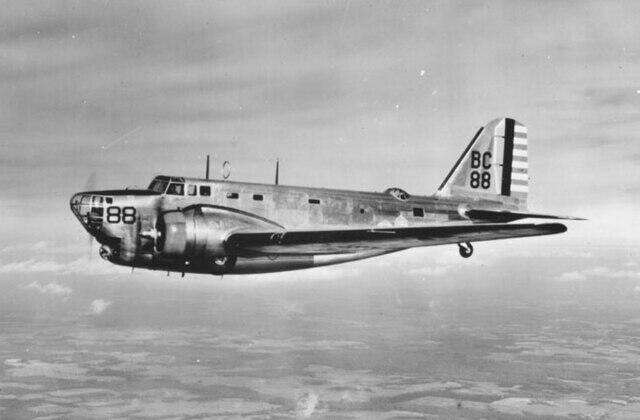
This medium bomber entered service in 1936 in the US Army Air Corps and Royal Canadian Air Force. During the Pearl Harbor attack, 12 B-18As were destroyed and 10 were damaged, leaving only 11 still combat-ready. Although the B-18A wasn’t a very powerful combat craft, in 1942 it became the first American plane to sink a U-boat.
Douglas A-20 Havoc
A light bomber and intruder plane, the A-20A was designed for low- and medium-altitude bombing. In the spring of 1941, the A-20A entered service but wasn't particularly effective. It was replaced by the A-20B, which became the US Army Air Force's first substantial order.
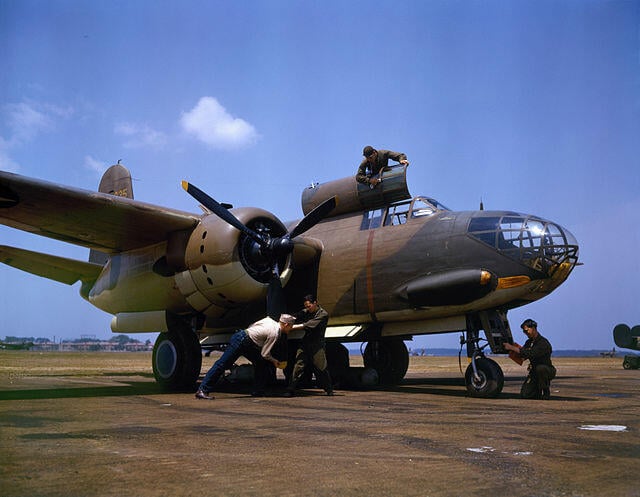
Curtiss P-40
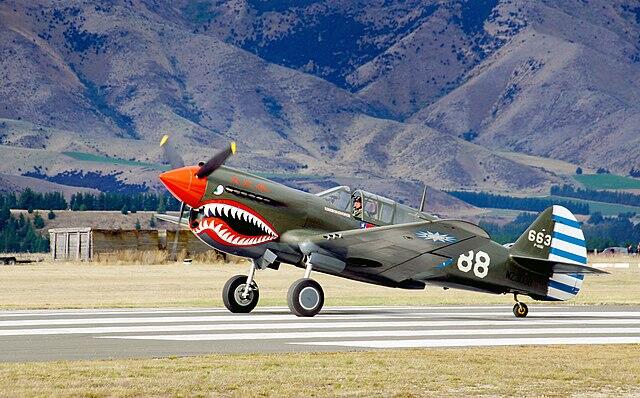
This single-engine, single-seat, all-metal combat fighter took flight in 1938 and, three years later, was one of the only American aircraft of Pearl Harbor to get airborne during the attack. The P-40 required a skilled pilot and became a vital part of the Pacific Theater. The French, British, Chinese, and United States all employed the P-40 during the course of World War II.







